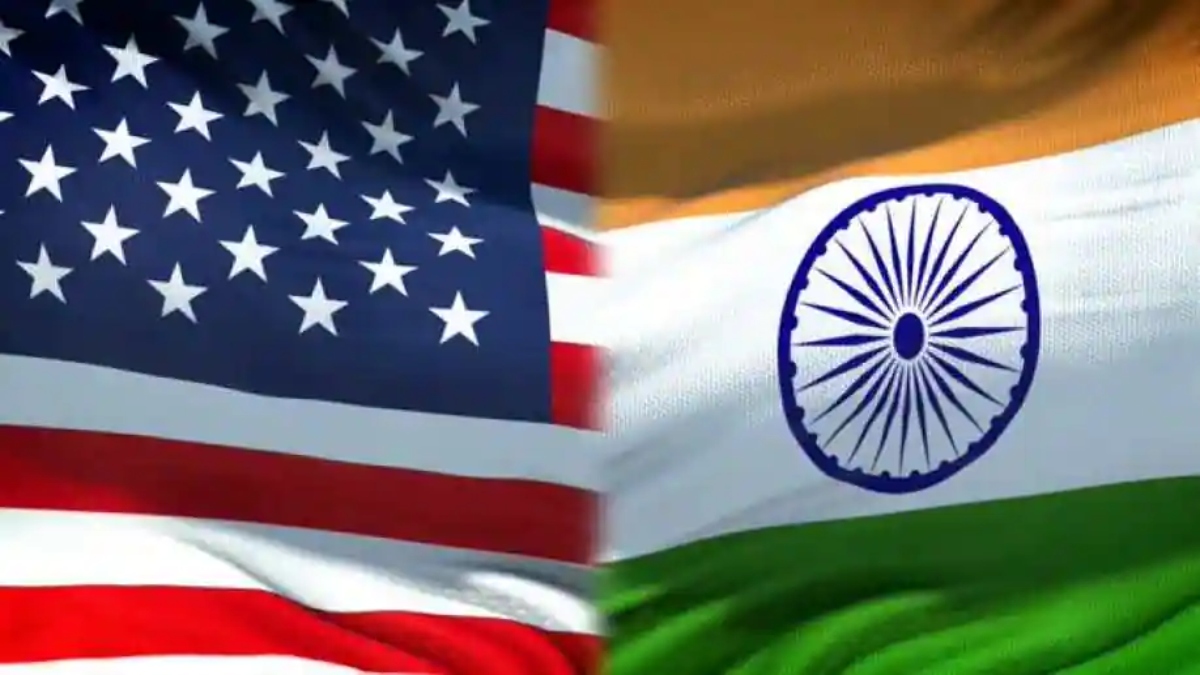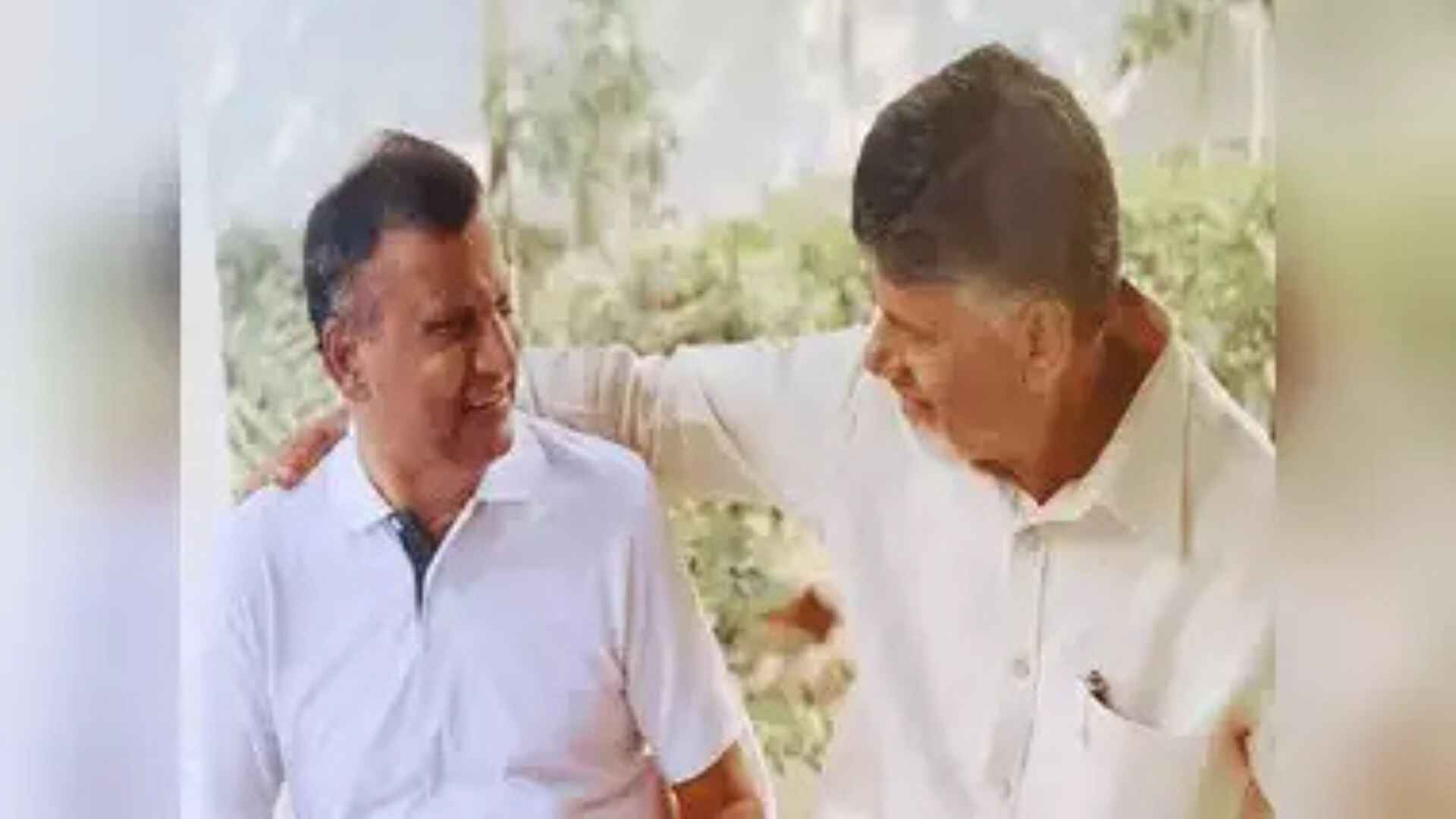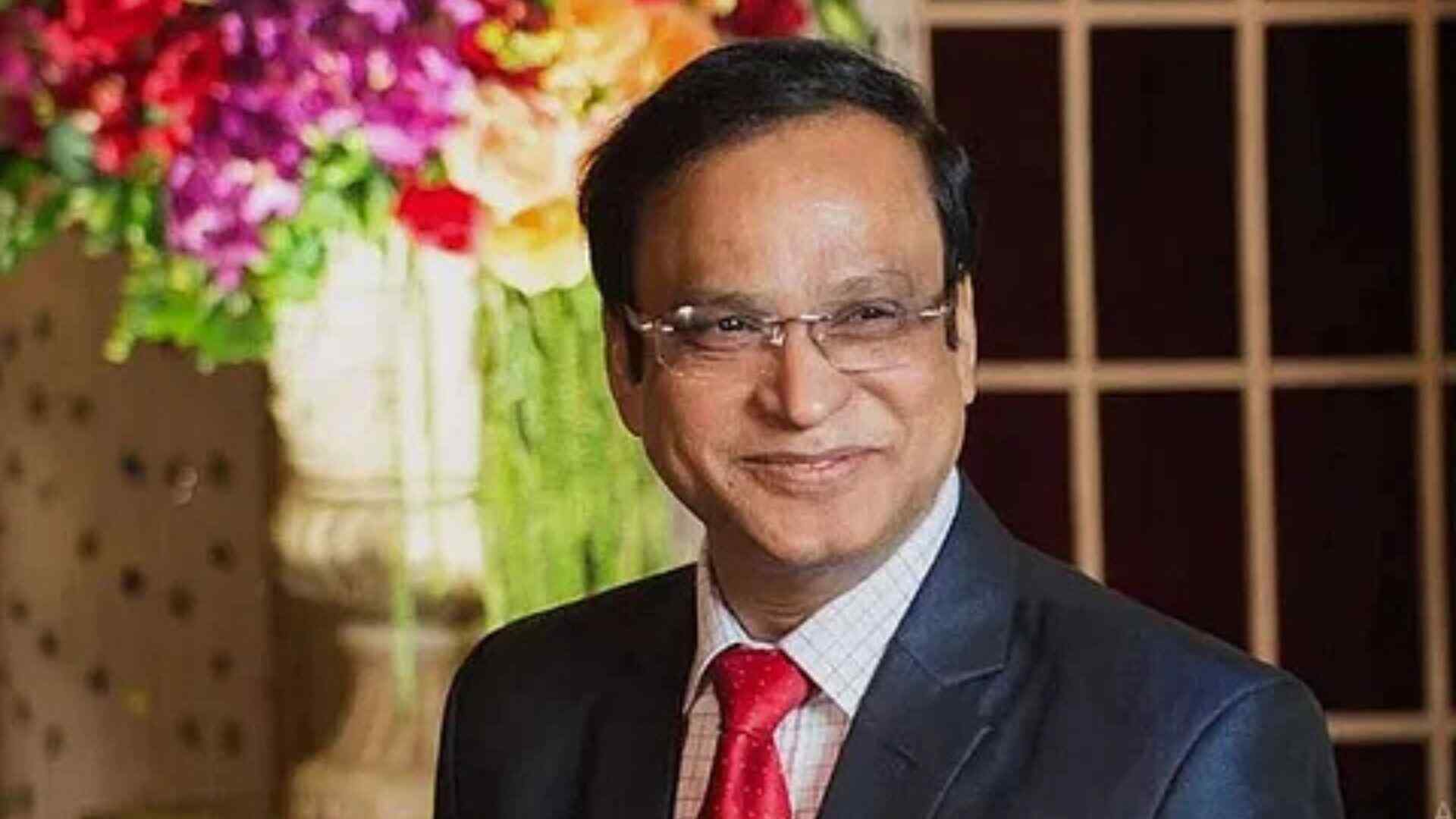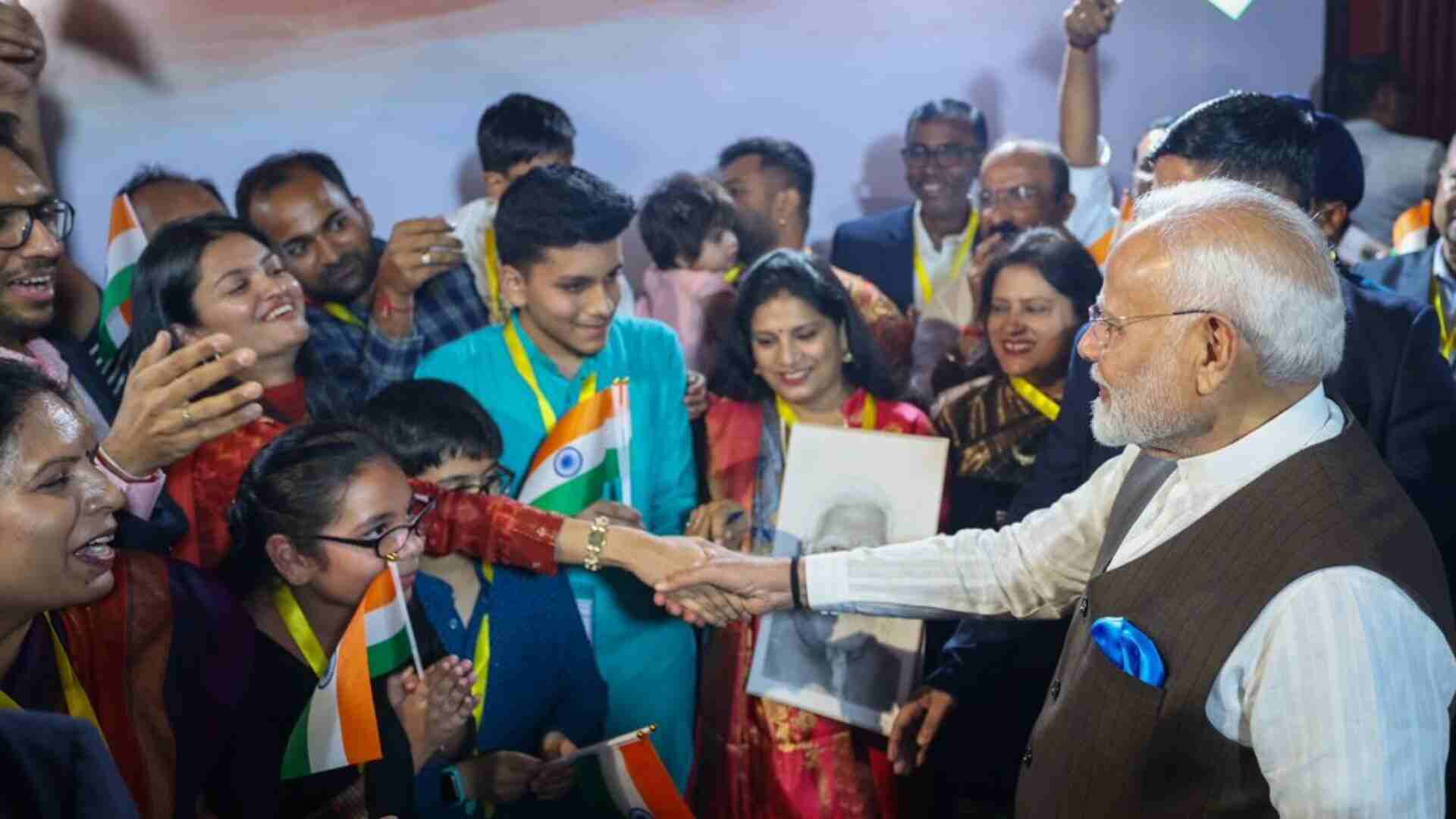
The engagement between the world’s largest and the oldest democracy has overcome the hesitations of history. Their diplomatic and strategic ties began in 1941 at the Mid-Atlantic Summit between the American President Franklin Roosevelt and the British Prime Minister Winston Churchill, when John Winant, the American Ambassador to the United Kingdom, urged the British to set a date for granting India dominion status.
Thus, the year 1941 was pivotal, when New Delhi and Washington established diplomatic contacts, despite India’s position in the British empire, which culminated in the establishment of formal diplomatic relations in 1947. Since then, both nations pursued their defence and security relations by keeping in mind the most elemental aspects of national interests and military security.
COMING TOGETHER TO PREVENT WARS
Despite India’s stated policy of non-alignment, as an emerging and responsible democratic power, it cooperated with the US at crucial junctures, contributing to efforts to prevent the Cold War from escalating into a full-fledged war, effectively rendering it to icy space.
One such instance was the Korean War (1950-53), which saw an early example of India-US defence cooperation. During the war, the Indian government cautioned the US of forthcoming Chinese entry into the conflict and warned about probable threats to the US troops. At the United Nations, India and the US worked together to denounce the aggression against South Korea. India sent its 60th Parachute Field Ambulance Platoon to the Korean Peninsula to support the United Nations forces, which included American troops. The 1950s also witnessed defence trade between the two countries, and one of the major highlights was the procurement of Fairchild C-119 transport aircraft by India from the US.
Moving to the 1960s during the Congo crisis, India had sent a large contingent of soldiers as part of the UN Peacekeeping Force, also consisting of US troops. A full army brigade of 5,000 soldiers—the first contingent flown from the Indian subcontinent to Africa by the US Air Force—was committed to the mission in Congo. In the same decade, US military aid of $500 million was sanctioned for India in the context of the Indo-China war. This was to facilitate a five-year programme to help equip six Indian mountain divisions with better communications, transportation, air defence capabilities, and to assist Indian defence industries. The nuclear power plant at Tarapur outside Mumbai was built as a showpiece of the aid project and was a major element in India-US nuclear cooperation.
By early 1980s, there were renewed talks on the India-US arms trade focusing on 155 Ram Howitzers and TOW (Tube-launched, Optically-tracked, Wire-guided) anti-tank missiles. A Memorandum of Understanding on sensitive technology exports was signed to overcome obstacles in transferring technology from the US to India.
In 1984, India and the US agreed on a speedier review of the export of controlled items, aiming to create mutually beneficial indigenous defence production capabilities. Similarly, in 1991, India-US defence relations witnessed significant progress when Lt. Gen. Claude M. Kicklighter, then commander of the US Army in the Pacific proposed to intensify defence and military cooperation between India and the US.
A PARADIGM SHIFT
Terrorist attacks against the US on 11 September 2002, and against the Indian Parliament in December that year, precipitated a rapid thaw in the overall relationship. Responding to India’s offers of assistance following the 9/11 attacks, the US government waived the sanctions imposed on India due to its nuclear tests done in 1998. Both countries recognised the challenges posed to their nations and for the global security by the threat of terrorism.
These developments gave a new impetus to bilateral defence relations, leading to the signing of foundational military agreements in the following years. The first agreement to be signed was the General Security of Military Agreements (GSOMIA) in January 2002, which provided specific measures to ensure security standards and sharing of critical information.
The India-US nuclear agreement of 2005 represents a significant milestone in bilateral relations. The New Framework for Defense Cooperation (NFDC) in 2005 and the Defense Technology and Trade Initiative (DTTI) in 2012 were conceptualized as initiatives for defence co-production, thereby marking a shift from the traditional “buyer-seller” dynamic.
A level-up moment in the relationship came in the year 2016. That year witnessed the signing of the second foundational agreement, the Logistics Exchange Memorandum of Agreement (LEMOA). It provided a template for engagement between two geopolitical partners whose cooperation remains critical to the security and management of the global commons.
The same year, the designation of India as a “Major Defense Partner” of the US underlined the way for future co-production and co-development.
This status provides a strategic framework and elevates New Delhi’s position to that of a close ally. The next four years witnessed the signing of the other two foundational agreements, which is unique to just these two countries. The signing of COMCASA (Communications Compatibility and Security Agreement) in 2018 and BECA (Basic Exchange and Cooperation Agreement) in 2020 ensured technological interoperability and defence-related trade facilitation was made easier.
WHAT’S IN STORE FOR NEXT 25 YEARS?
Thus, defence relationship has emerged as a key pillar of the overall India-U.S. relations. The next 25 years are crucial for this purpose. The status of this relationship will be a deciding factor in the shaping of security dynamics in West Asia and in the Indo-Pacific region in particular.
Therefore, in the coming years, bilateral, trilateral and/or multilateral initiatives which offer technology transfer, joint co-production and co-manufacture along with initiatives offering economic resilience for regional and global peace and stability through infrastructural and development projects would be the base for this relationship to grow.
In short, while celebrating the 75th anniversary of the India-US diplomatic relations, reaffirmation of the importance of their comprehensive and strategic partnership in ensuring peace, security, stability and prosperity is the key.
Bipul Chatterjee is the Executive Director and Purushendra Singh is Research Associate of CUTS International, a global public policy think-and-action-tank on trade, regulation and governance.















